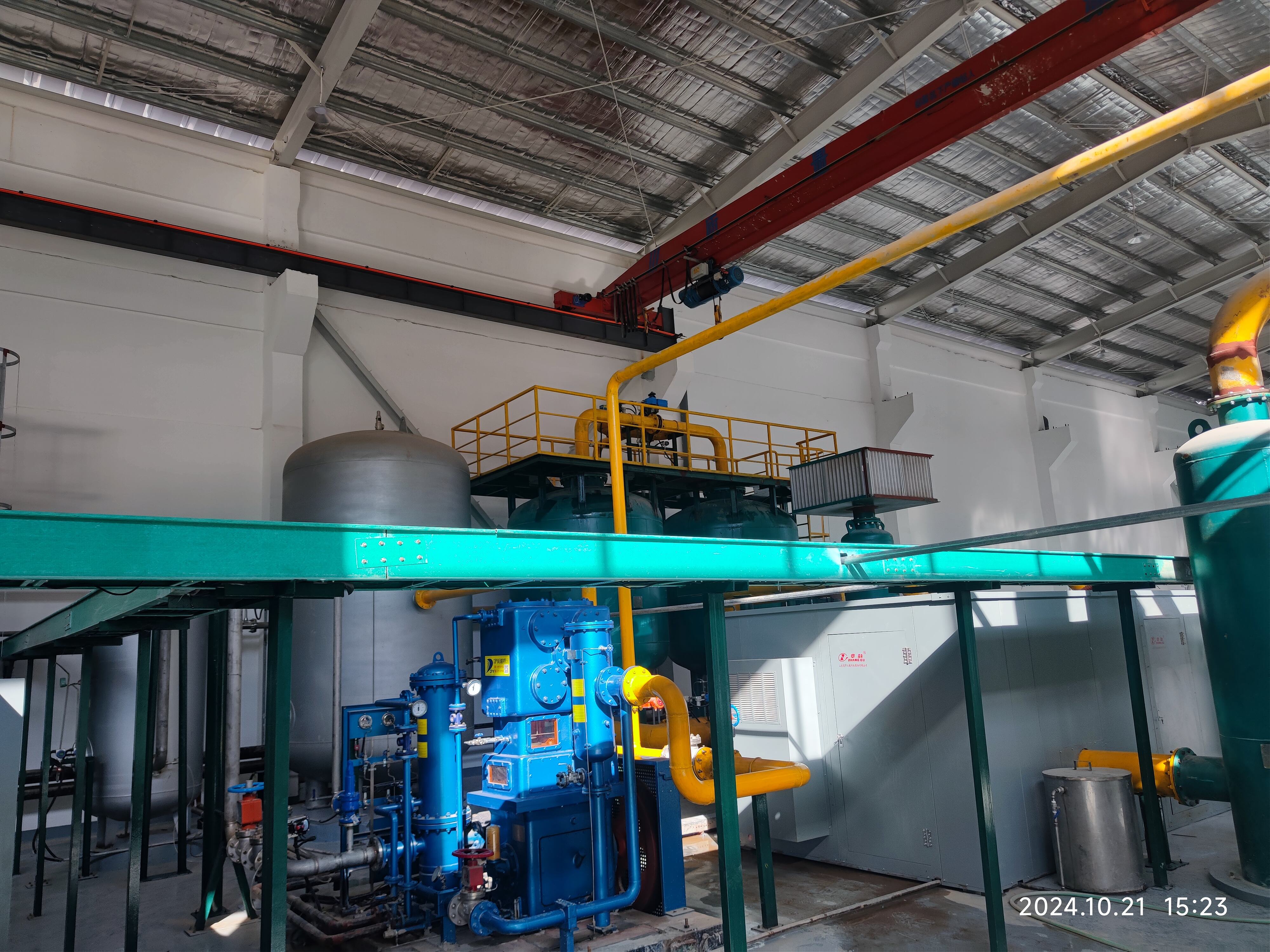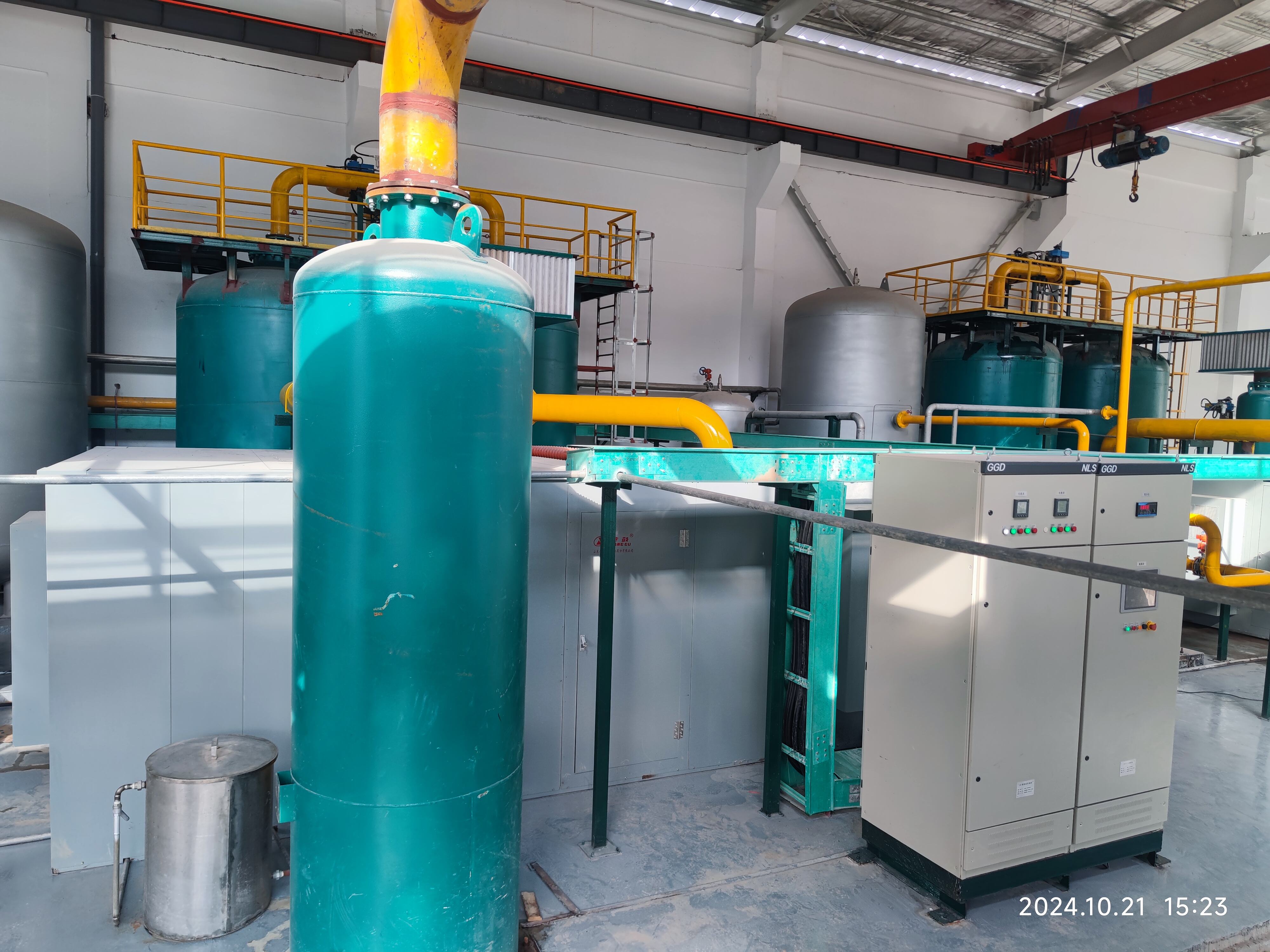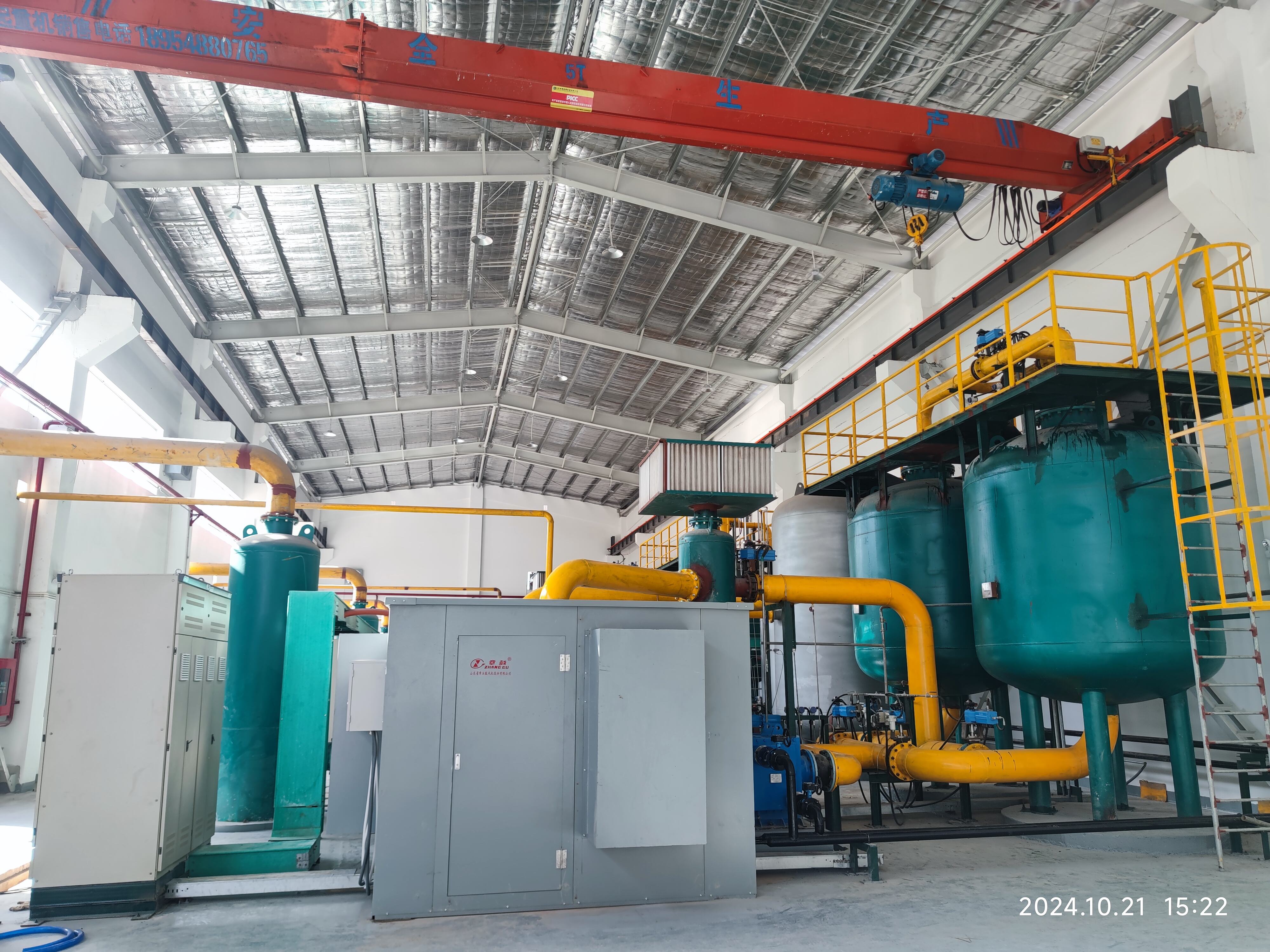vakuum va bosim ostida adsorptsiya texnologiyasi
Vakuumli daraja oʻzgarishi adsorbsiya (VPSA) texnologiyasi gaz ajratish va tozalash jarayonlari uchun yangi yoʻllarni taklif qiladi. Ushbu innovatsion sistemalar, farqli bosim shartlari ostida maxsus adsorbsiya materiallari orqali aniqlangan gaz molekulalarini tanlab ajratishga imkon beradi. Jarayon ikki asosiy fazadan iborat: bosim ostidagi adsorbsiya va vakuum shartlari ostida adsorbiruvchanlarni qayta tiklash. Bosim fazi davom etganida, kirim gaz boshlangʻich bosim ostida adsorbsiya yotiri orqali oʻtadi va maqsadli molekulalar tanlab ajratiladi. Keyingi vakuum fazada adsorbiruvchanlar ajratilgan molekulalardan tuzatiladi va sistemaga keyingi tsikl uchun tayyorlik beriladi. VPSA texnologiyasi oksigen va azot ishlab chiqarishida, biogazni sozlama va hidrogen tozalashida sanoatda ajratib olish jarayonini yangilab turdi. Sistemaning effektivligi bir necha parallel ishlaydigan tekisliklar orqali davom etuvchi operatsiyalariga ega boʻlishi orqali oshirilgan va bu, gaz ishlab chiqarishni toʻxtatmasdan saqlaydi. Modern VPSA oʻrnatmalari muvaffaqiyatli hisoblanadi va ekologik ravishda mustahkamdir, chunki ular murakkab boshqaruvsiz energiya qaytarish mekanizmlariga ega. Texnologik versatillik tibbiy oksigen taminot tizimlari va keng mashhul sanoat ajratish tizimlari kabi turli xil tillar uchun moslashtirilgan va tozalash darajasi 95% yoki undan ziyod boʻlishi mumkin, maslahat berilgan tillarga va dizayn parametrlariga qaraganda.


